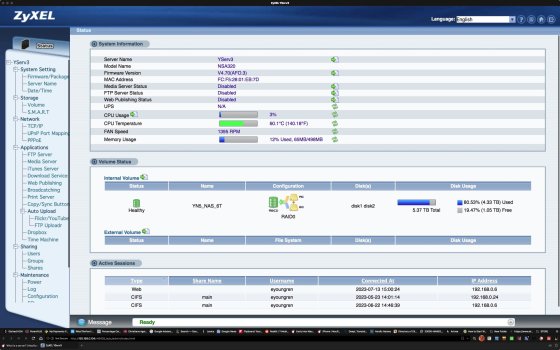Sorry this probably sounds stupid but I am trying to wrap my head on what a server is. My understanding is a server is just a computer that you connect to that has files you want to retrieve , so how that makes it any different from my current macbook that has files? Can't I just connect to my macbook from over a network and browse and download files from it?
I keep hearing people say "I set up a home server" but how is that any different from just putting a regular mac mini with files and connecting to it? My Finder on MacOS has a network tab that I see other computers on the network.
I feel like I am missing something here.
I keep hearing people say "I set up a home server" but how is that any different from just putting a regular mac mini with files and connecting to it? My Finder on MacOS has a network tab that I see other computers on the network.
I feel like I am missing something here.



